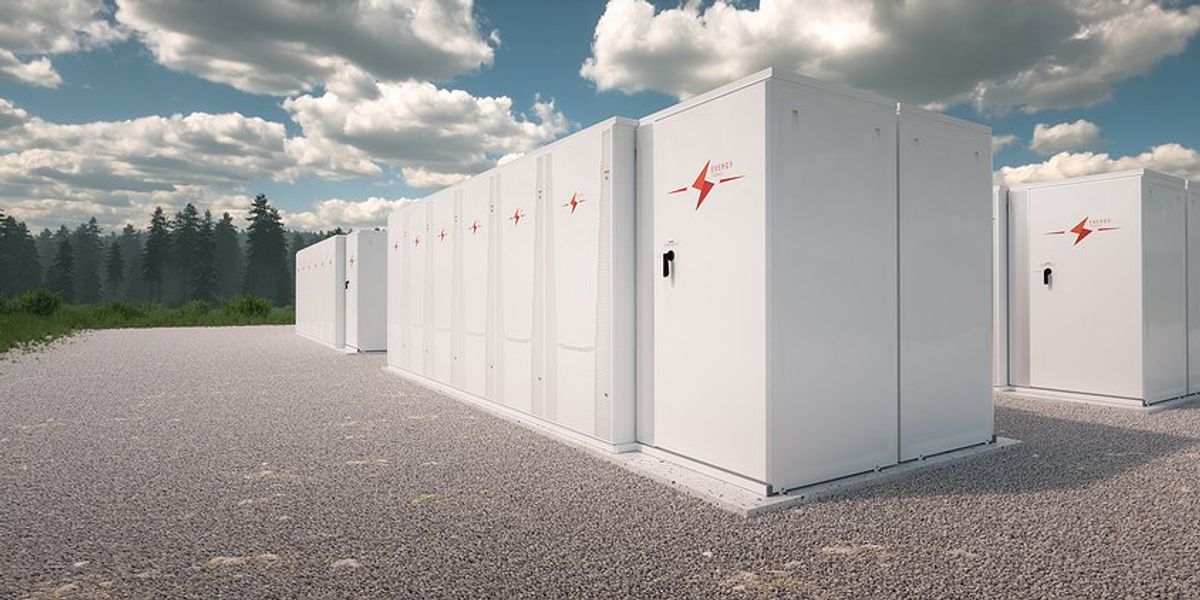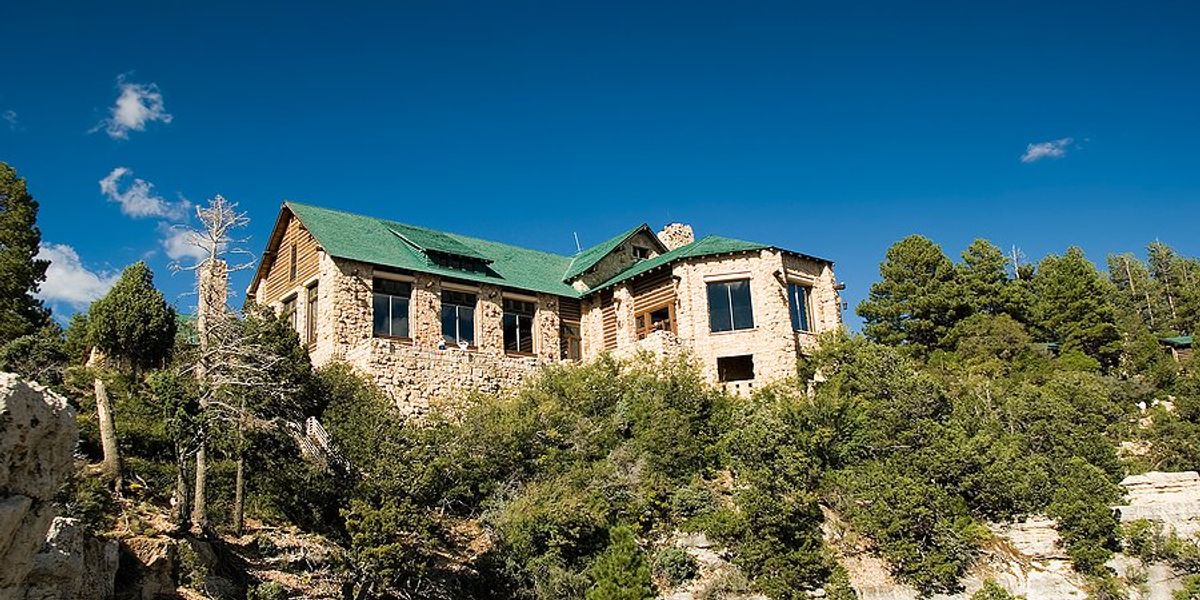midwest
Midwest floods highlight infrastructure vulnerabilities nationwide
Recent flooding in the Midwest, particularly around Minnesota's Blue Earth River, emphasizes the urgent need to reinforce aging infrastructure against extreme weather events worsened by climate change.
In short:
- The Rapidan Dam, built in 1910, nearly failed under intense rainfall, highlighting its vulnerability.
- Extreme weather events are becoming more frequent and intense due to climate change, outpacing current infrastructure design capacities.
- Experts warn that similar infrastructure nationwide is at risk, with potential cascading effects on ecosystems, economies and public health.
Key quote:
“We’re not prepared for this new climate regime. While we’re figuring it out, we’re at risk of lots more of these challenges.”
— Whitney Clark, executive director of Friends of the Mississippi River.
Why this matters:
In recent years, the drumbeat of extreme weather events—hurricanes, floods, wildfires and heatwaves—has grown louder and more insistent, a stark reminder of our planet's changing climate. This surge in natural disasters is putting unprecedented strain on infrastructure, much of which was built during a time when the climate was more predictable and less severe.
Torrential rains lead to severe flooding in the Midwest
Record-setting floods have inundated the Midwest, leading to significant disruptions and evacuations across multiple states.
In short:
- Heavy rains caused record floods in Iowa, South Dakota, Nebraska, and Minnesota, surpassing previous records.
- Floodwaters collapsed a key railroad bridge and forced evacuations from hospitals and care facilities.
- The region experienced extreme rain rates, with predictions of continued flooding as rivers crest.
Key quote:
“Businesses are shuttered, main streets have been impacted. Hospitals, nursing homes and other care facilities were evacuated.”
— Kim Reynolds, Governor of Iowa
Why this matters:
The intense flooding disrupts essential services, endangering residents and infrastructure. Climate change is intensifying weather patterns and making extreme events more frequent and severe. For scientists and policymakers, these floods are a clarion call to accelerate efforts in climate adaptation and infrastructure modernization to better protect vulnerable communities.
Midwest renewable energy projects face delays due to grid issues
Despite approval, Midwest renewable energy projects face significant delays due to faulty studies, supply chain issues, and costly grid upgrades, experts report.
In short:
- The Saratoga Solar Project in Wisconsin, a 150-megawatt solar farm, faces a three-year delay due to interconnection and supply chain issues.
- More than 11,000 renewable energy projects nationwide are waiting to connect to power grids, causing extensive delays despite state-level legislative efforts.
- Developers face high costs for grid upgrades, often delaying or canceling projects due to financial and logistical challenges.
Key quote:
“... a grid unprepared to connect clean energy is putting untenable transmission price tags on projects expected to bear the cost of big upgrades on their own.”
— Beth Soholt, executive director at the Clean Grid Alliance
Why this matters:
Delays in connecting renewable energy projects to the grid hinder progress toward state and federal climate goals. The global supply chain crisis has not spared the renewable energy sector, with delays in obtaining critical components like turbines and solar panels. This bottleneck is particularly frustrating for projects that are otherwise ready to go.
The Midwest braces for another summer of wildfire smoke
Canadian wildfires are again expected to send dangerous smoke into the U.S. Midwest, prompting states to refine their air quality alert systems.
In short:
- The Minnesota Pollution Control Agency (MPCA) has streamlined its alert process, significantly reducing the time needed to issue air quality warnings.
- States like Wisconsin, Michigan, and Indiana saw record levels of particulate matter pollution last summer, leading to updates in air quality monitoring and alert systems.
- Agencies are now better prepared to issue public health advisories, urging people to take precautions during high pollution days.
Key quote:
“When we see these smoke events, it’s important for the public to be informed about the health risks and [health officials] encourage people to take steps to protect themselves.”
— Paul Billings, senior vice president for Public Policy at the American Lung Association
Why this matters:
With wildfires becoming more frequent and severe due to climate change, states must adapt to protect public health from the dangerous effects of smoke pollution. Improved alert systems and public awareness can help mitigate the health risks associated with prolonged exposure to polluted air.
Be sure to see EHN’s coverage about wildfire smoke and its effects:
Federal incentives drive Midwest clean energy manufacturing boom
The Midwest is seeing a surge in clean energy investments, with $30 billion in private capital flowing in since the Inflation Reduction Act was passed in 2022.
In short:
- Midwestern states, including Michigan, Indiana, and Ohio, have attracted significant investments for clean energy projects.
- The region's manufacturing heritage is helping it become a hub for electric vehicles, batteries, and renewable energy equipment.
- More than 300 major clean energy projects have been announced nationwide since 2022, with the Midwest receiving about a quarter of the $123 billion total investment.
Key quote:
“This is like a new era in American manufacturing as it switches to clean energy.”
— Michael Timberlake, E2 communications director
Why this matters:
The investment surge is being funneled into a variety of renewable energy initiatives, from wind and solar farms to advanced battery storage and electric vehicle infrastructure. These projects are set to reduce the region's reliance on fossil fuels, cutting down on greenhouse gas emissions and air pollution. For states long dominated by traditional manufacturing and coal industries, this transition marks a significant pivot towards a greener future.
Wildfires in Canada worsen air quality across the U.S. Midwest
Wildfire smoke from Canadian blazes has dramatically worsened air quality across the Midwestern United States, permeating indoor environments despite efforts to keep it out.
In short:
- More than 140 wildfires in Alberta and British Columbia have sent smoke across U.S. borders, affecting indoor air quality even with closed windows and doors.
- Experts emphasize the importance of high-quality air filtration systems to combat the infiltration of outdoor pollutants indoors.
- Vulnerable groups like children and the elderly face significant health risks from prolonged exposure to this smoke.
Key quote:
“Housing quality plays a big role in this. If you’re in an older, leakier home, you’re going to be exposed to more wildfire smoke."
— Elliott Gall, mechanical and materials engineering professor at Portland State University
Why this matters:
As climate change escalates the frequency and severity of wildfires, more individuals will likely experience adverse health effects from smoke exposure. Effective indoor air quality management is becoming important for health safety, particularly in densely populated and vulnerable communities.
Midwest states grapple with an unusual early wildfire season
Wildfires are surging across the Midwest this spring, fueled by a notably dry and warm winter.
In short:
- Midwest states are witnessing a dramatic uptick in wildfires this spring, already contending with hundreds of fires due to dry conditions.
- Officials warn the recent snow and rain are unlikely to alleviate the dry spell, potentially extending the wildfire season.
- With climate change influencing fire behavior, the Midwest faces longer fire seasons and more severe wildfires, challenging traditional firefighting strategies.
Key quote:
"We’re seeing extreme fire behavior, red flag warnings in March, which we normally don’t see."
— William Glesener, wildfire operations supervisor for the Minnesota Department of Natural Resources
Why this matters:
Wildfires have grown larger and more intense in recent years, putting lives at risk and causing profound impacts on natural ecosystems and communities. From 2017 to 2021, the average annual acreage burned by wildfires in the U.S. was 68% greater than the yearly average from 1983 to 2016. This increase in wildfires is stressing budgets at all levels of government, prompting the need for better planning and mitigation measures.



















